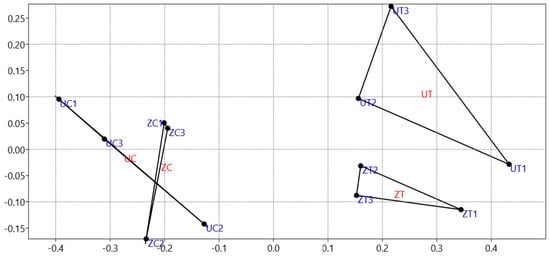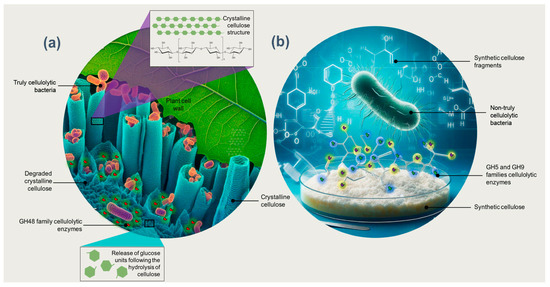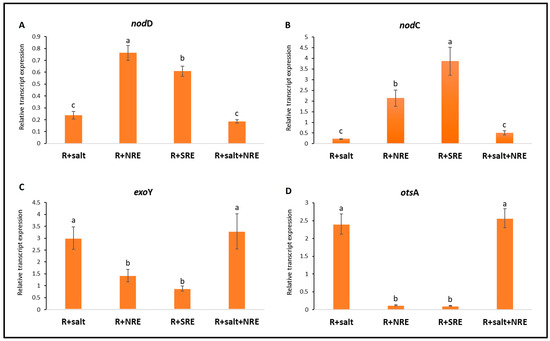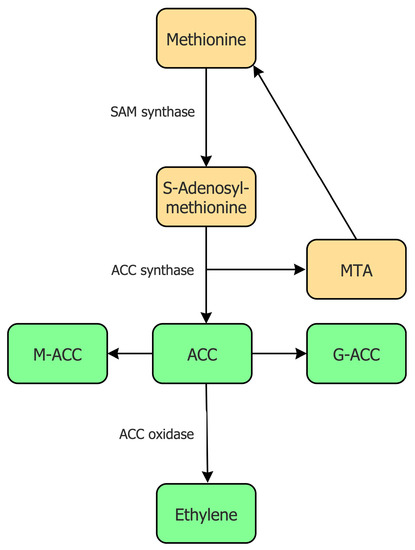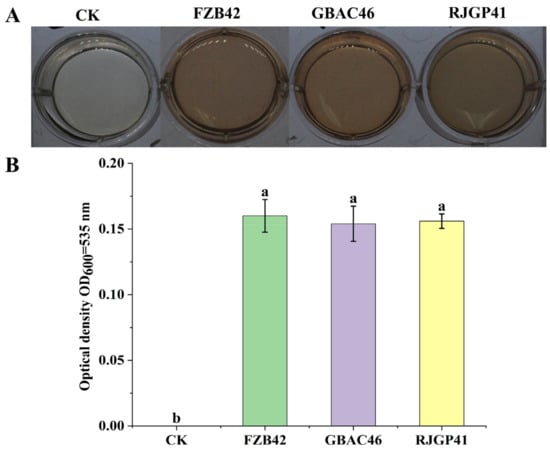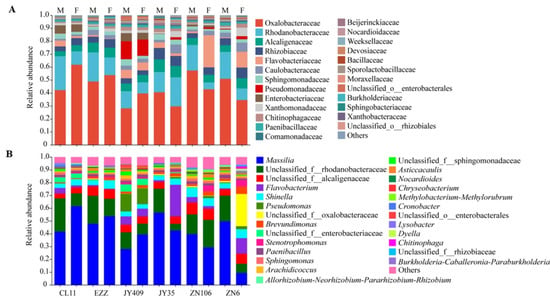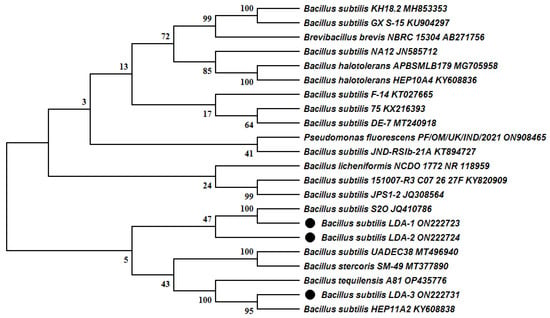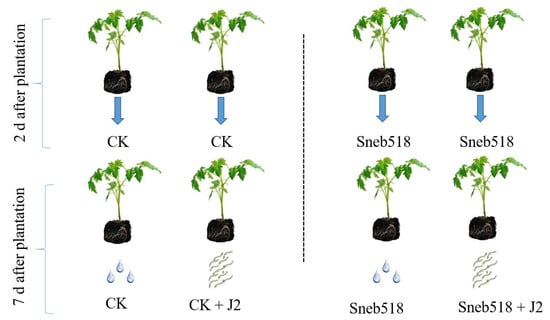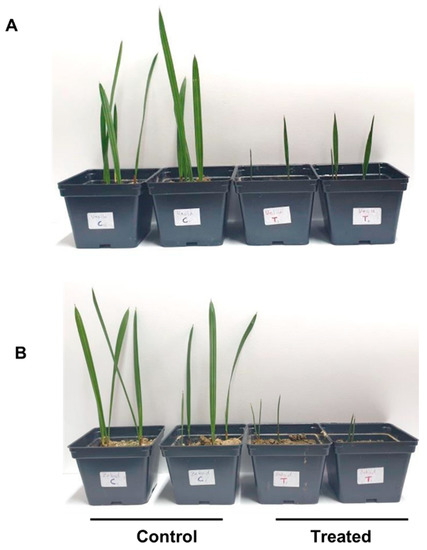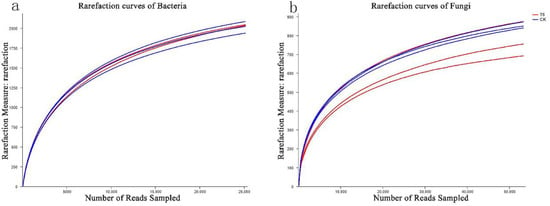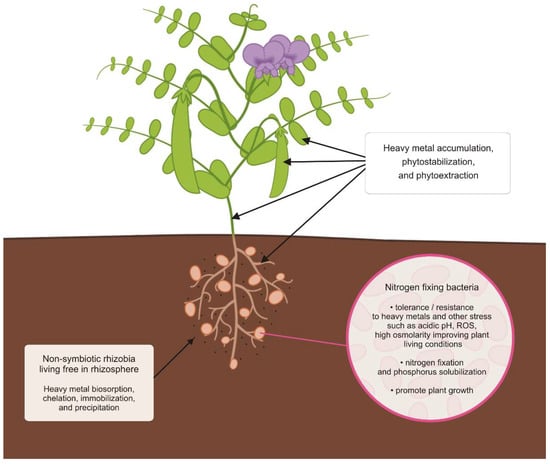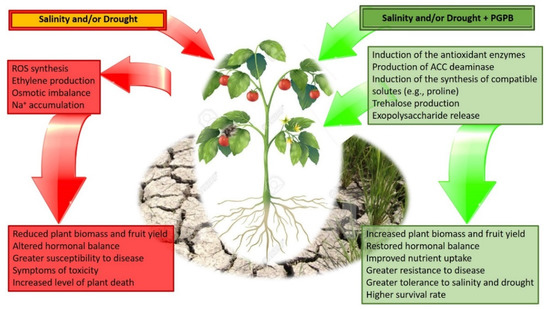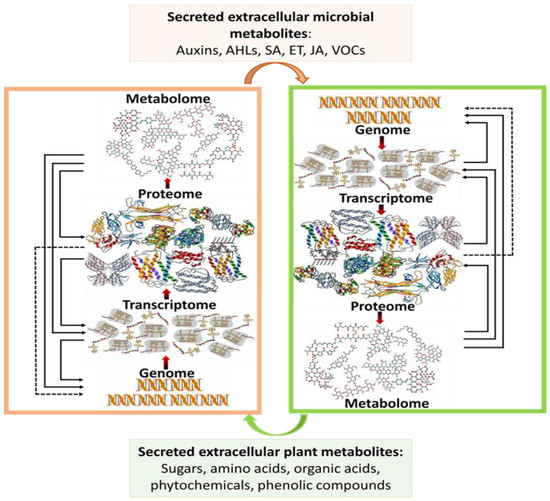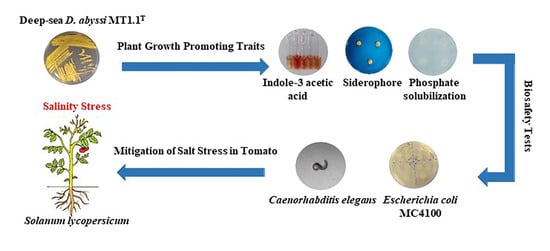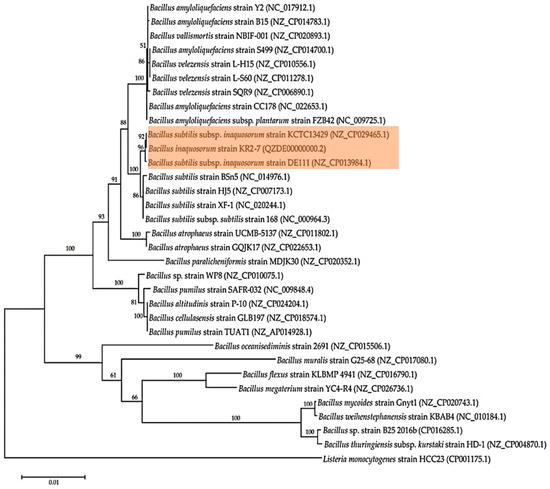Plant Growth-Promoting Bacteria: Mechanisms and Applications
A topical collection in Biology (ISSN 2079-7737). This collection belongs to the section "Plant Science".
Viewed by 86049Editor
Interests: plant–bacterial interactions; PGPB; ACC deaminase; ethylene; IAA
Special Issues, Collections and Topics in MDPI journals
Topical Collection Information
Dear Colleagues,
In recent years, there has been a worldwide surge of interest in studies involving plant growth-promoting bacteria (PGPB) and their interaction with plants. This interest is based on the idea that these bacteria may be used on a large scale in sustainable agricultural practice and that the successful implementation of PGPB in agriculture may eventually facilitate the partial, or even complete, replacement of the current excessive use of potentially dangerous chemicals in agriculture. However, before the use of PGPB can become more widespread, it is necessary for scientists to develop a greater understanding of many of the fundamental biochemical, physiological and genetic mechanisms that are operative in plant–bacteria interactions so that the use of these organisms can become a standard and highly reproducible approach to agriculture. Thus, for PGPB technology to continue to develop to realize its full potential, it is imperative that fundamental research in this field continues unabated. In this Topical Collection, many of the basic mechanisms used by PGPB to facilitate plant growth and development and their potential applications in agriculture and phytoremediation will be explored. This includes the role of these bacteria in microbial consortia and microbiomes.
Prof. Dr. Bernard R. Glick
Collection Editor
Manuscript Submission Information
Manuscripts should be submitted online at www.mdpi.com by registering and logging in to this website. Once you are registered, click here to go to the submission form. Manuscripts can be submitted until the deadline. All submissions that pass pre-check are peer-reviewed. Accepted papers will be published continuously in the journal (as soon as accepted) and will be listed together on the collection website. Research articles, review articles as well as short communications are invited. For planned papers, a title and short abstract (about 100 words) can be sent to the Editorial Office for announcement on this website.
Submitted manuscripts should not have been published previously, nor be under consideration for publication elsewhere (except conference proceedings papers). All manuscripts are thoroughly refereed through a single-blind peer-review process. A guide for authors and other relevant information for submission of manuscripts is available on the Instructions for Authors page. Biology is an international peer-reviewed open access monthly journal published by MDPI.
Please visit the Instructions for Authors page before submitting a manuscript. The Article Processing Charge (APC) for publication in this open access journal is 2700 CHF (Swiss Francs). Submitted papers should be well formatted and use good English. Authors may use MDPI's English editing service prior to publication or during author revisions.
Keywords
- plant–bacteria interactions
- plant growth-promoting bacteria (PGPB)
- biocontrol
- abiotic stress
- indoleacetic acid
- ethylene
- gibberellin
- siderophores
- nitrogen fixation
- volatile organic compounds
Planned Papers
The below list represents only planned manuscripts. Some of these manuscripts have not been received by the Editorial Office yet. Papers submitted to MDPI journals are subject to peer-review.
Title: Modification of rhizosphere microbial communities: A possible mechanism of plant growth promoting bacteria
Authors: Zhaoyu Kong 1; Hongguang Liu 2,*
Affiliation: 1 School of Life Science, Key Laboratory of Poyang Lake Environment and Resource Utilization, Ministry of Education, Nanchang University, Nanchang, China; [email protected]
*2 Jiangxi Provincial Key Laboratory of Soil Erosion and Prevention, Jiangxi Academy of Water Science and Engineering, Nanchang, China; [email protected]
Abstract: Plant beneficial bacteria, defined as plant growth-promoting bacteria (PGPB), play a crucial role in plants’ growth, stress tolerance and disease prevention. In association with the rhizosphere of plants, PGPB facilitate plant growth and development either directly or indirectly through multiple mechanisms, including increasing available mineral nutrients, moderating phytohormone levels; acting as biocontrol agents of phytopathogens. It is generally accepted that the effectiveness of PGPB inoculants is associated with their ability to colonize, survive and persist, as well as the complex network of interactions in the rhizosphere. Despite the promising plant growth promotion results commonly reported and mostly attributed to phytohormones or other organic compounds produced by PGPB inoculants, little information is available on the potential mechanisms underlying such positive effects via modifying rhizophere microbial community and soil functionality. To date, increasing attention has been paid to the effects of PGPB inoculants on soil microbial community and soil functioning. In this review, we overviewed the effects of PGPB inoculants on rhizosphere microbial ecology and soil function, hypothesizing that PGPB may indirectly promote plant growth and health via modifying rhizosphere microbial community composition, and highlighting the further directions for investigating the role of PGPB in rhizosphere from an ecological perspective.










